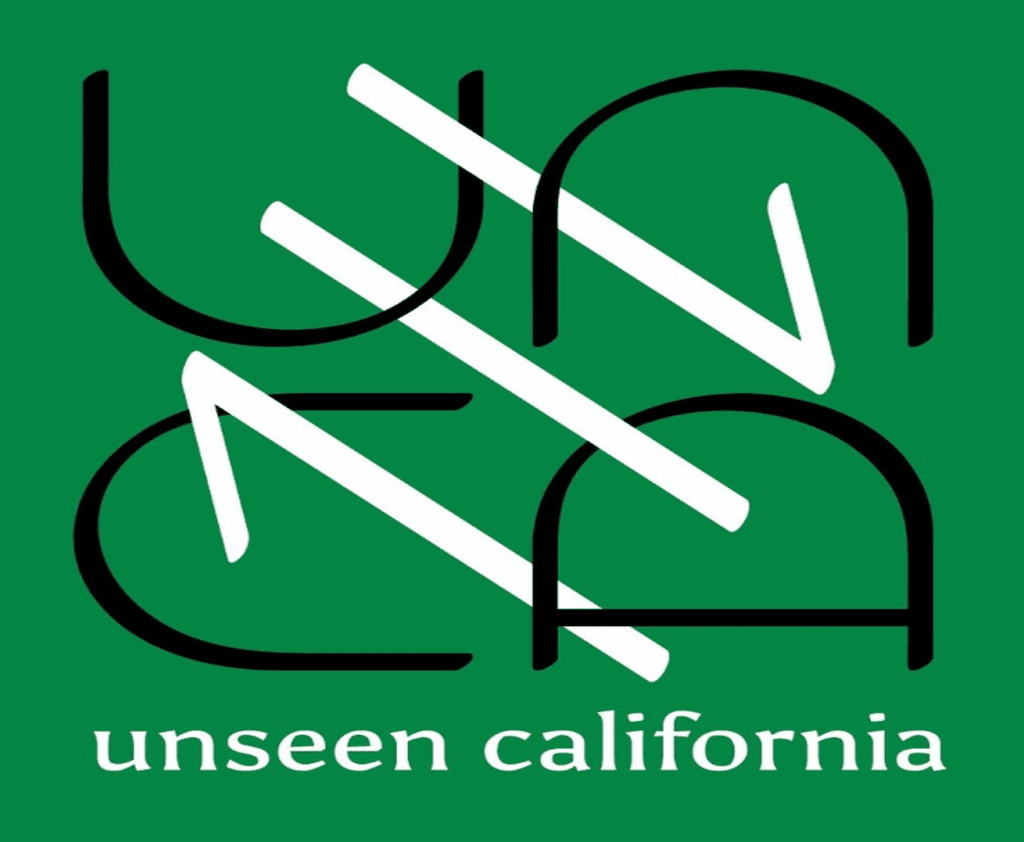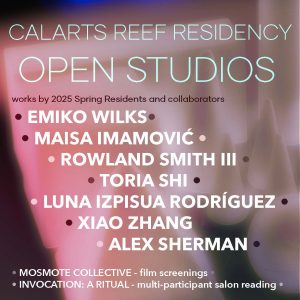Professional artists and UC Santa Cruz students use public lands throughout the UC Natural Reserve Systems (NRS) as their canvas through Unseen California, an arts platform initiative founded by CalArts alum Karolina Karlic (Art MFA 10).
Long known as sites for scientific research and instruction, the UC NRS reserves provide an opportunity for artistic engagement with Californian landscapes through Karlic’s initiative. Unseen California, launched in 2010, aims to position the arts as an “integral part of the NRS profile” by exploring not only the reserves’ natural histories, but human history as well.
“The best question that a student has asked me at a natural reserve was, ‘what are we supposed to do here?’” said Karlic, an associate professor of Photography at the University of California, Santa Cruz. “This question has driven the whole development of Unseen California as a research initiative.”
Through the program, students can create site-specific works while engaging with the local communities. Likewise, resident artists may avail themselves to a range of California’s ecological locations, and conduct research with assistance from NRS guides. As part of a collaborative cohort, resident artists are also granted two years to conduct their research in order to revisit their sites throughout the seasons.
Joining the inaugural artist cohort of five women photographers is School of Art faculty Mercedes Dorame, who chose to work at Santa Cruz Island Reserve and Catalina Island partly because of her Tongva heritage. Dorame studies the exchanges between the inhabitants of Santa Cruz Island and Catalina alongside Jay Reti, paleoanthropologist and director of the NRS Santa Cruz Island Reserve.
“That knowledge and understanding has been incredibly helpful for Mercedes, who is looking at the exchanges between the peoples of Santa Cruz Island and Catalina Island,” Karlic said of Dorame’s work with Reti.
Dorame’s work also compares the “safety and shelter on virtually uninhabited Santa Cruz Island” with life in Los Angeles, where she grew up and currently lives. Her work has also led her to ponder both landscapes’ potential pasts and futures.
“We’re most typically not going in with a particular question in mind to collect data to find results,” Karlic noted about how artistic research differs from scientific research. “What we’re going in with is multiple questions and being informed by the site itself. We’re responding and interpreting those responses that happen.”




